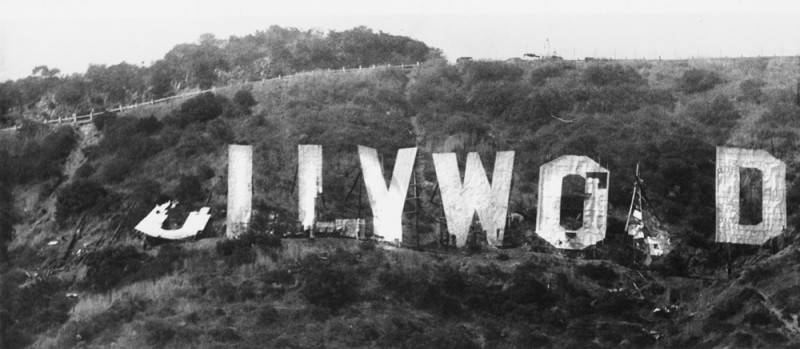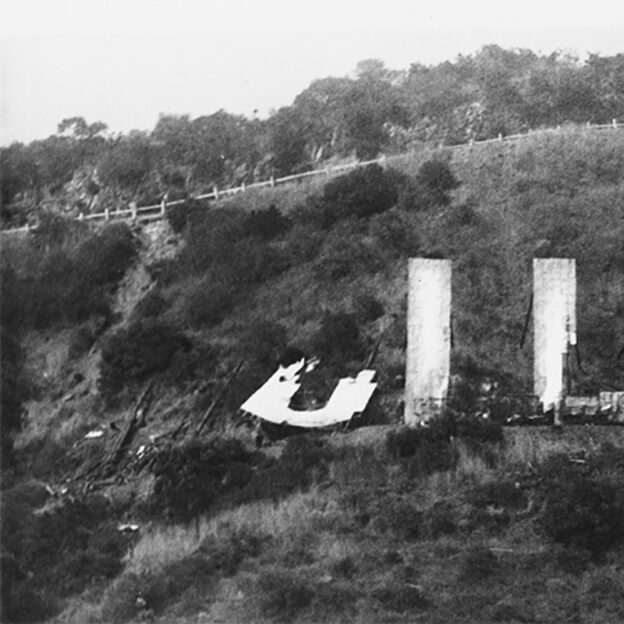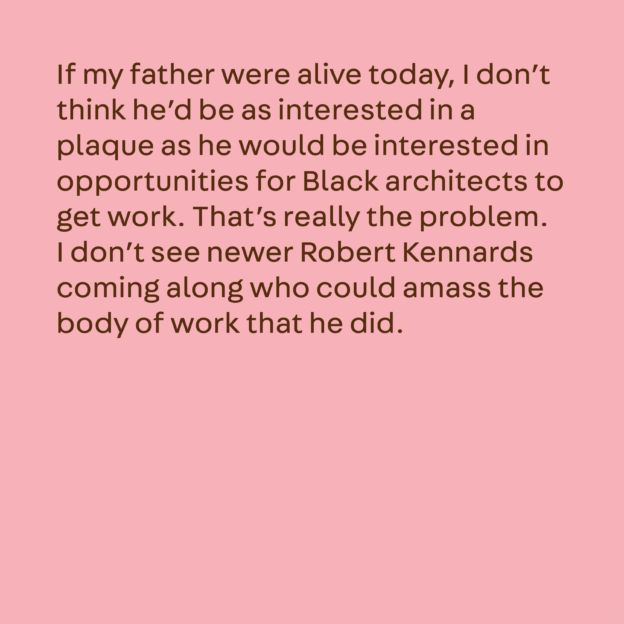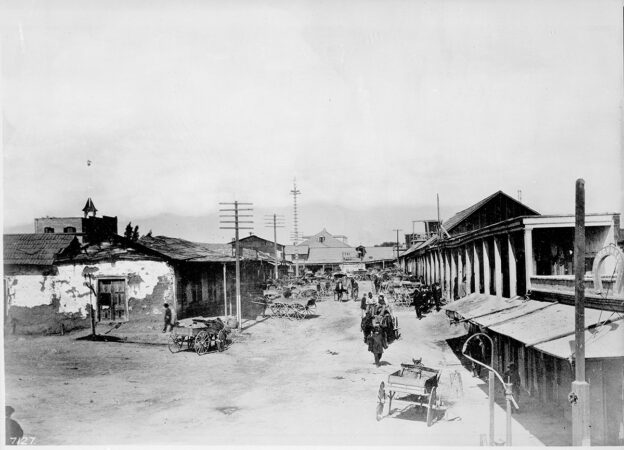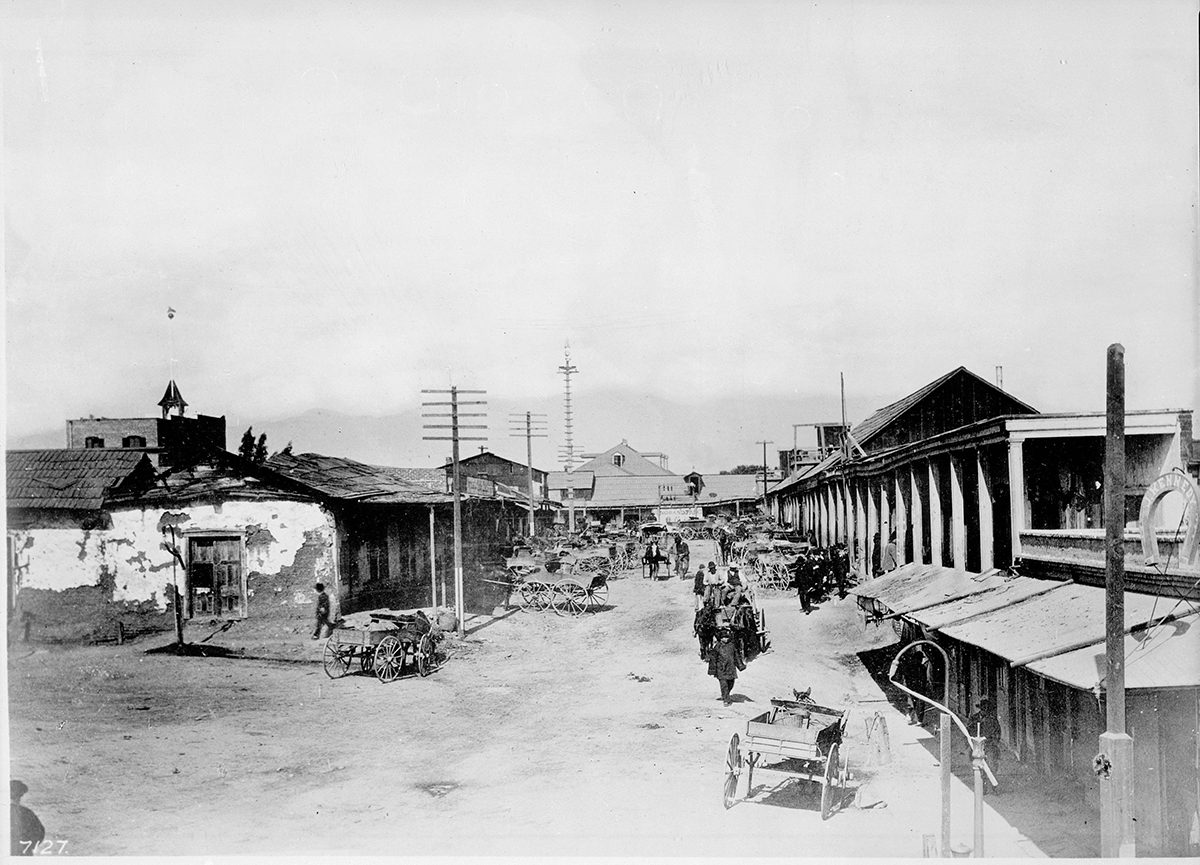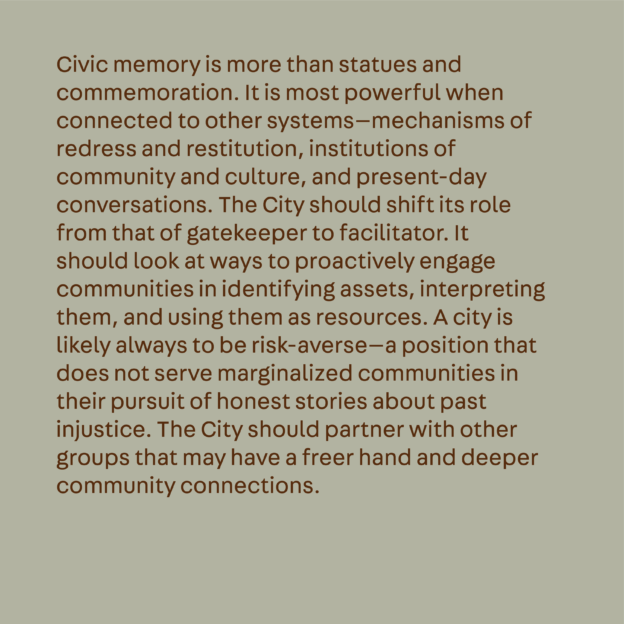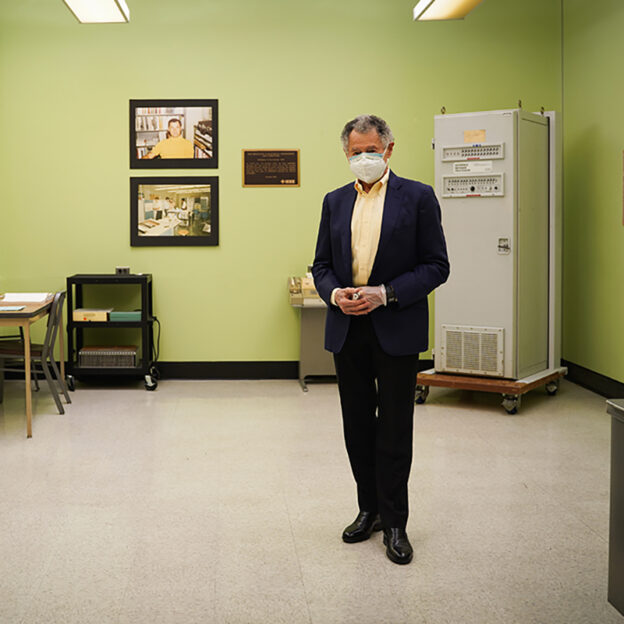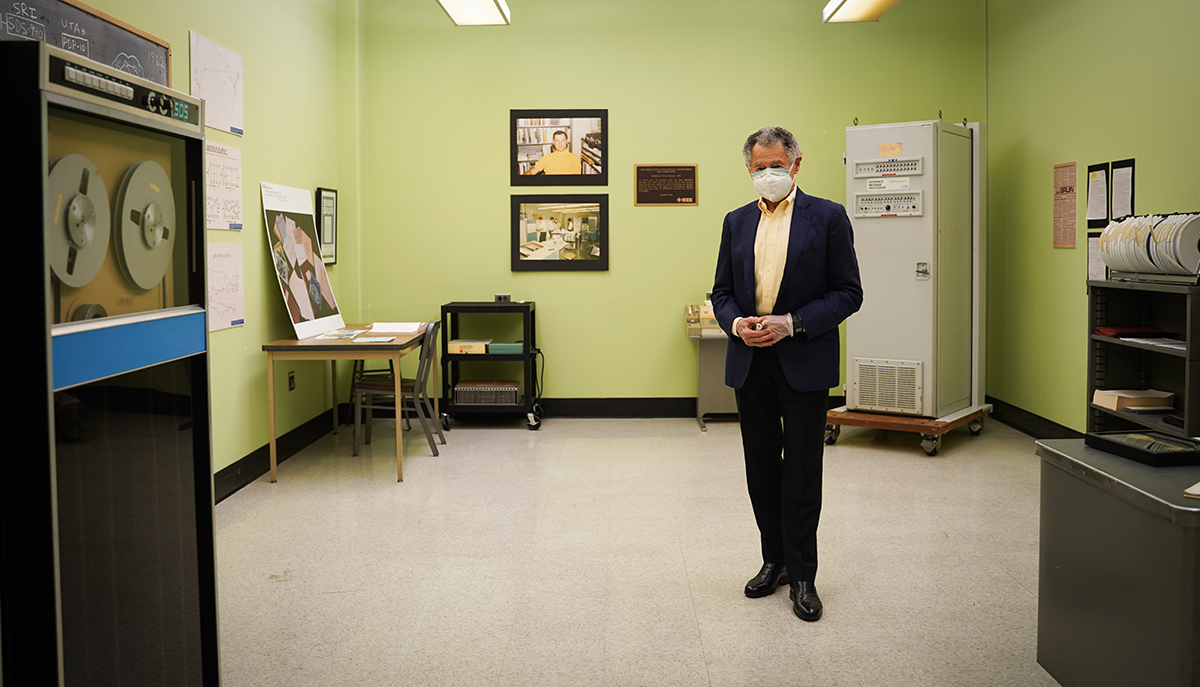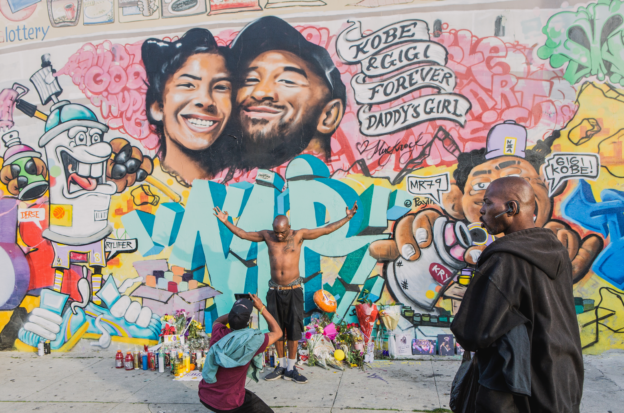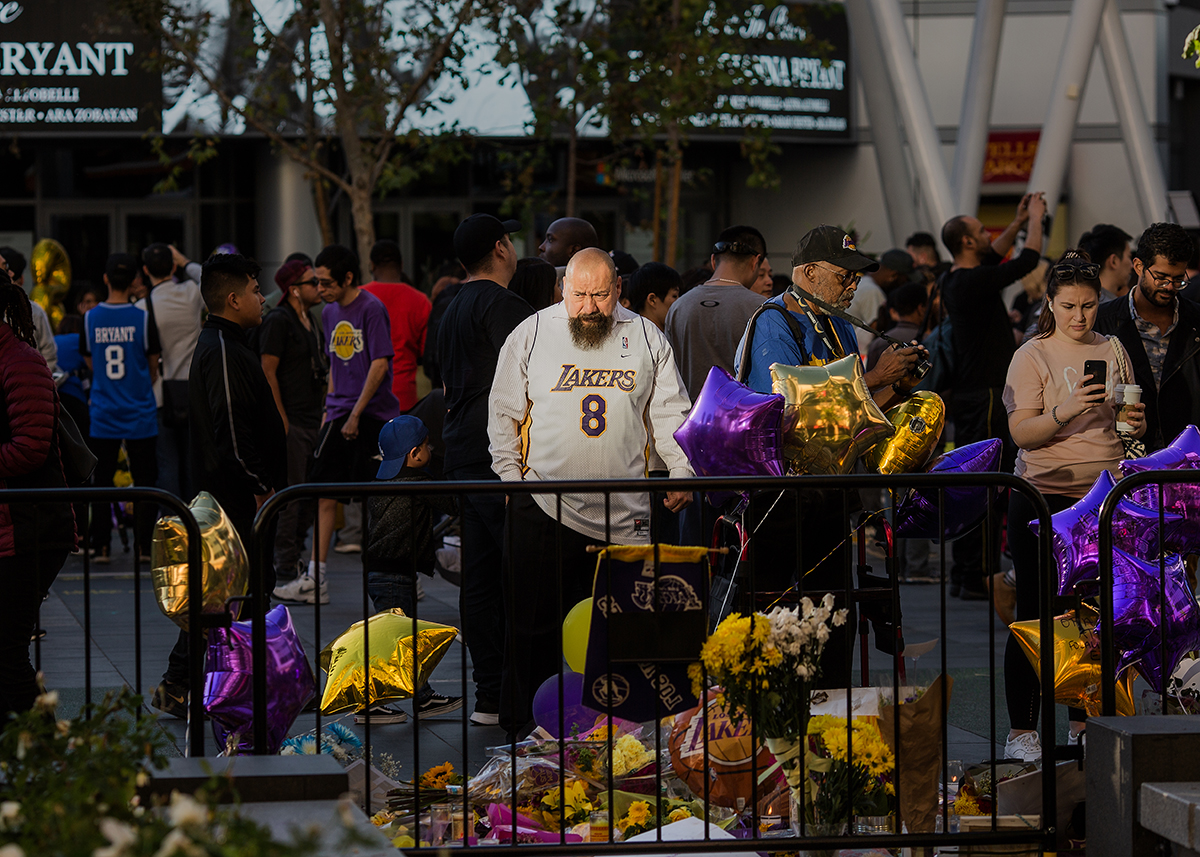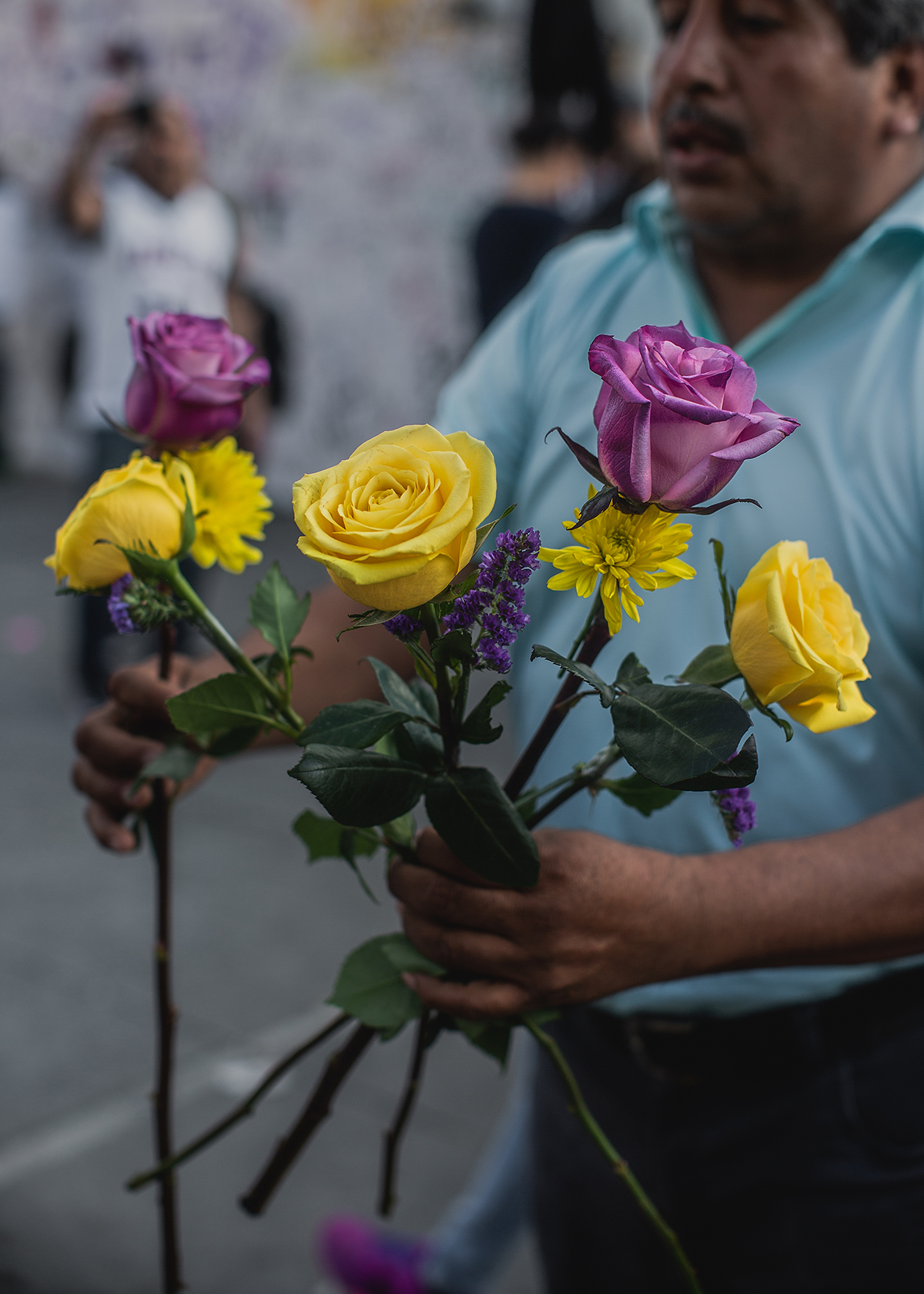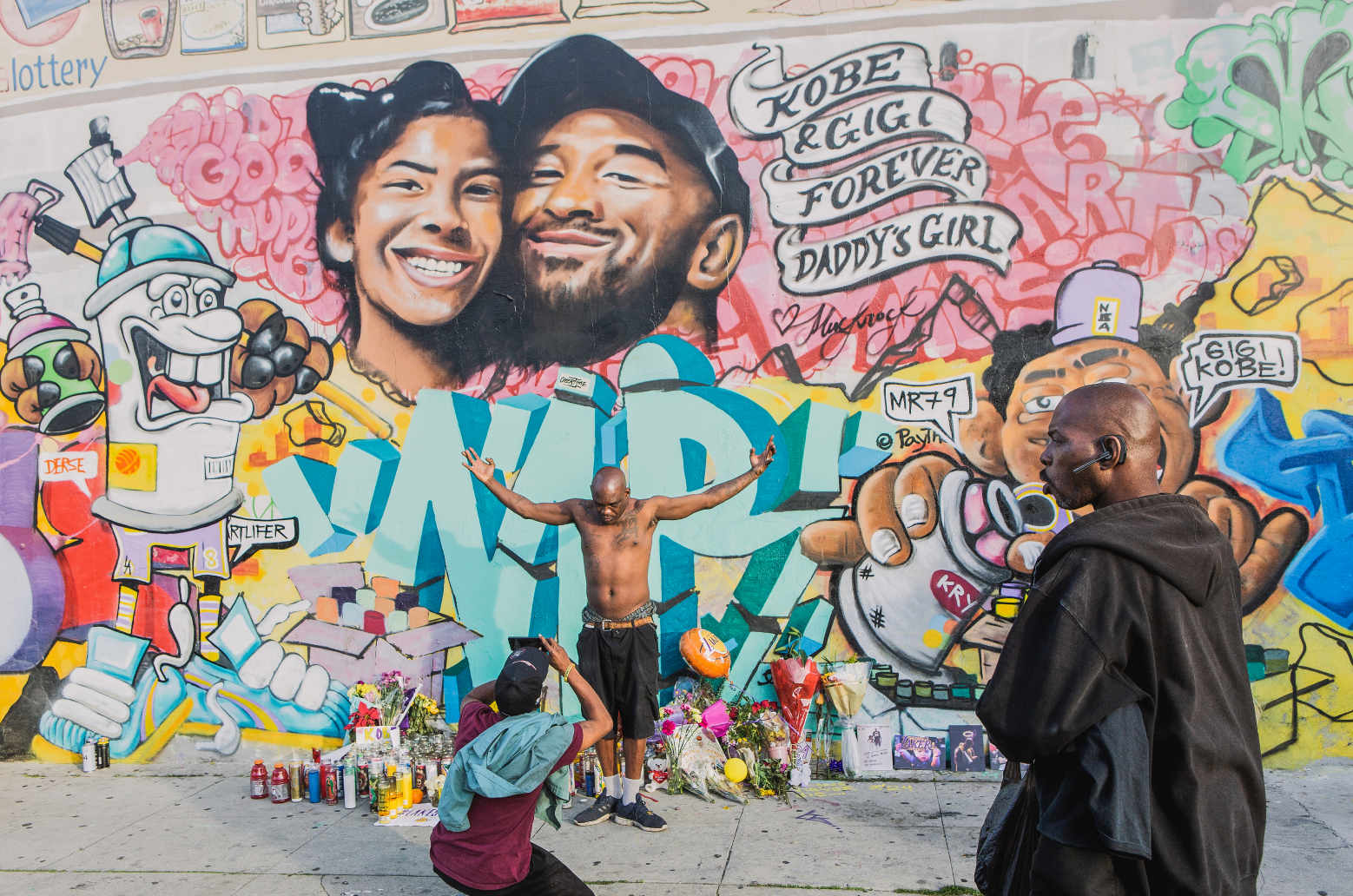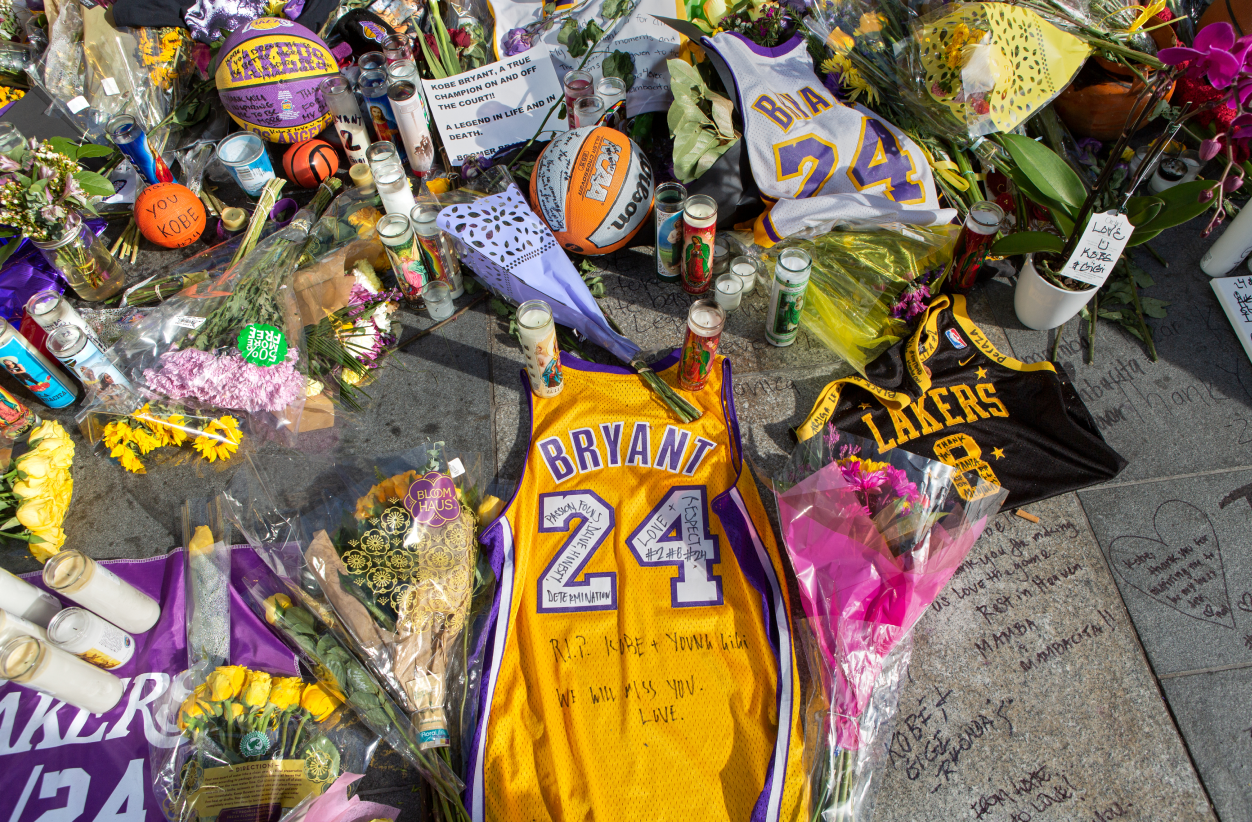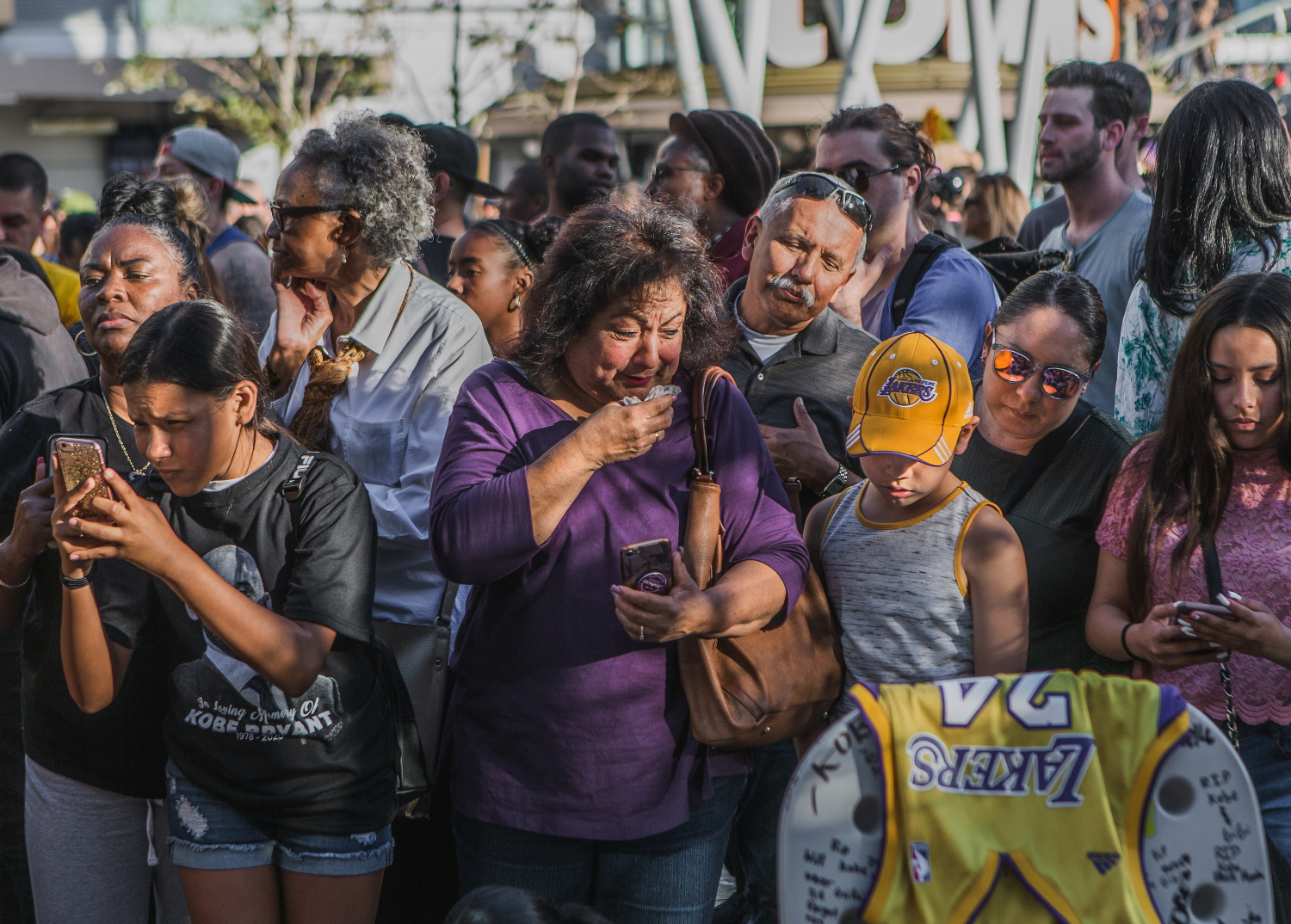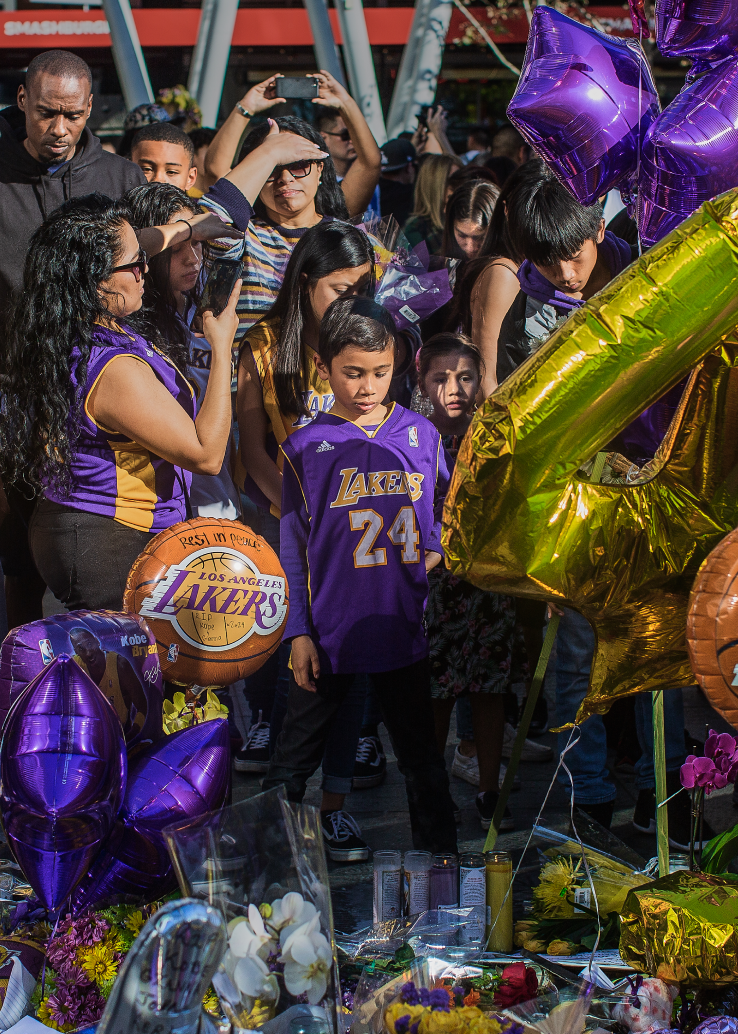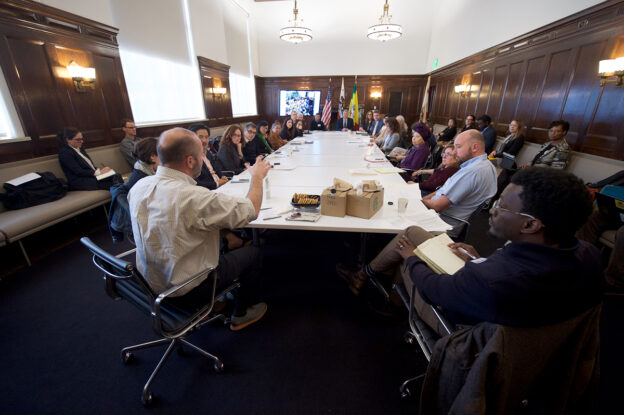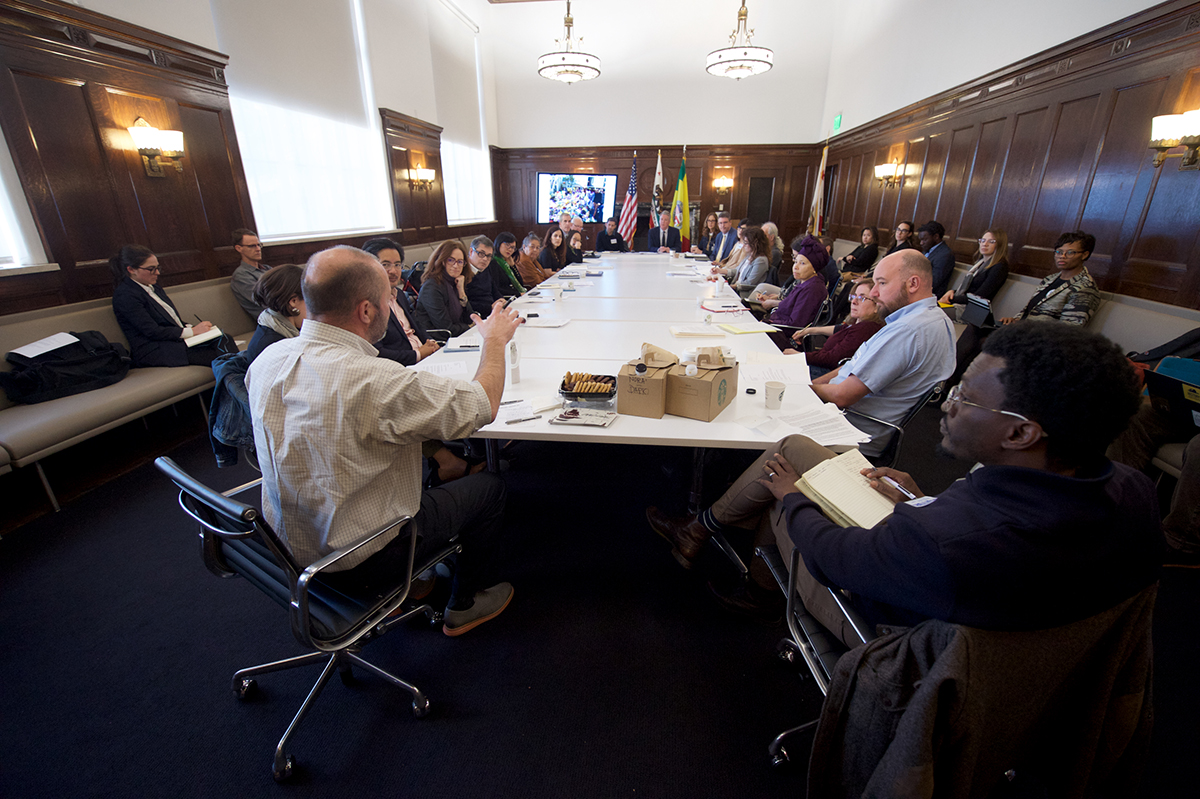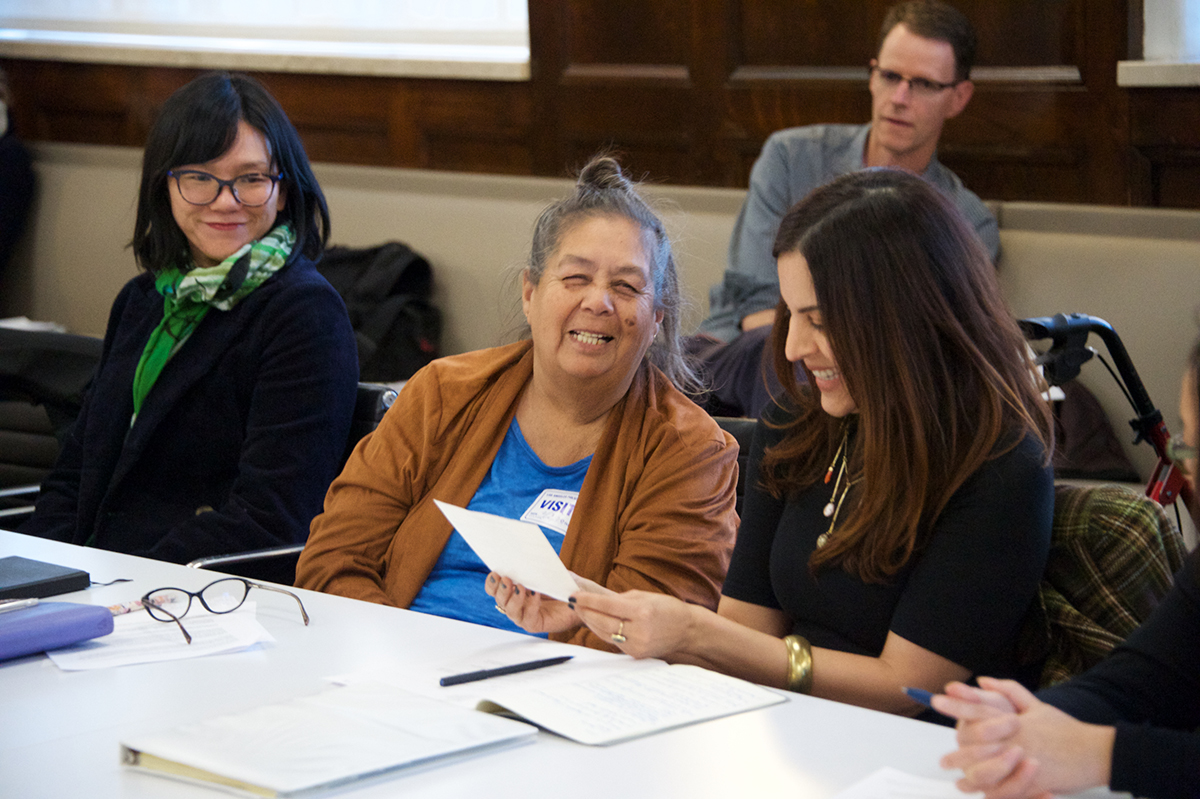Over the last decade, the work of Paul R. Williams (1894–1980), the most prominent Black architect in Los Angeles during much of the last century and a prolific designer of houses, churches, and public buildings covering a broad and inventive stylistic range, has seen a welcome and overdue revival of interest in Southern California and nationally. In 2017, Williams was named the posthumous winner of the Gold Medal from the American Institute of Architects, the group’s highest honor. In 2020, the Getty Research Institute and the University of Southern California School of Architecture announced that it had jointly acquired the extensive Williams archive. Less broadly understood, especially by the general public but also among scholars and practicing architects, is the work and influence of the group of Black architects who emerged alongside and after Williams in twentieth-century Los Angeles. This roundtable discussion was organized to explore the work, influence, and legacy of some of those architects, including, most prominently, James Garrott, Robert Kennard, and Norma Sklarek. For more on Sklarek, see the excerpt from her oral history elsewhere in this report; it was prepared by a young Wesley Henderson, who joined us as a member of this roundtable.
Christopher Hawthorne: Welcome! And thank you for being here. Let me briefly ask each of you to introduce yourselves.
Dr. Wesley Henderson: Right now, I’m teaching at Tuskegee University in Alabama. Part of my background is that I did a dissertation on the architects Paul R. Williams and James Garrott while I was a student at UCLA in the early 1990s. I originally came to UCLA to do a doctorate on art deco architecture, and a faculty member just kind of steered me toward doing a biography of someone important. And the only Black architect I knew at the time who was someone important was Paul R. Williams. As I did research on Williams, though, I came to become interested in Garrott. I saw them as two interconnected people, two interconnected architects. Garrott was born in Alabama. He was a teenager when he came to Los Angeles. He was always, I guess, not in competition with, but certainly his practice was in reaction to Williams. As my work on the dissertation went on, I had to sacrifice Garrott just to finish. So it ended up being mostly about Paul R. Williams, because much of the information that was available was on Williams and not Garrott. I wish I had been able to do more work on Garrott and bring him to the fore.
CH: That’s very helpful, because one of the goals of this conversation is to give young scholars, young architects, and young critics some other trails to follow, some other work to look at.
Gail Kennard: I’m the daughter of Robert Kennard, who was an architect, African American, and born, like Paul Williams, in Los Angeles. So my father spent his childhood hearing about Paul R. Williams—and because of that, when he was in high school, he decided that architecture was possibly a career that he could pursue. Had it not been for knowing that Paul R. Williams existed, I doubt that he would have had the inspiration to pursue architecture. I run the firm that my father started in 1957, so I’m also a practitioner. I also serve as a commissioner on the L.A. Cultural Heritage Commission. Dr. Henderson and I have a number of connections. I’m very grateful to him for doing an oral history of my father in the early 1990s. There was very little documentation of the history of African American architects in Los Angeles. So he kind of started it. And now others are starting to pick up on doing that research, which is very important.
Melvin Mitchell: I come to this situation in an interesting way. I’m a former Angeleno. I left the city at about the time when I was beginning to become interested in architecture and a career as an architect. At the beginning, the only person I really knew about was Paul R. Williams. Not too long out of high school, I was living over Western and Adams, and of course his signature work—the Golden State Mutual Life Insurance building (1949) is right there. There was something that attracted me to that building, and I used to always find an excuse to go in and out of it.
CH: We should note that the earlier Golden State building, from 1948, was designed by James Garrott.
WH: The old one, right, on Central Avenue. And why he got that commission rather than Paul Williams is that Golden State early on thought Paul Williams was too big a firm for them and wouldn’t give them a really good hearing. So Garrott did that.
MM: Later, I wound up on the East Coast and I spent the first five years there in a building that Paul Williams designed [the Langston Terrace Dwellings (1936)], although I didn’t know it at the time. Of course, not only did Paul Williams design the building, but I also came to find out that a Washington, DC, architect, Hilyard Robinson, was his partner and they had a bicoastal partnership. With all that said, I really didn’t begin to truly appreciate the depth of the Los Angeles scene until after I was well away and into my career in Washington, DC, as an architect. As a young professor at Howard University, getting my hands on Wes Henderson’s dissertation—oh, that was just a feast. It’s a 600-page document. And I have it. And it’s dog-eared. Over the more than 50 years since I left, I have always, every single year, found an excuse—sometimes as often as a dozen times a year—to be back in Los Angeles and to work with Los Angeles architects. And I came to have a great, great appreciation for Gail’s father as well as for his young protégé and partner, Art Silvers [a partner at Kennard and Silvers Architects]. I’m still here doing all the things I like to do, practicing architecture, writing, and teaching in Washington, DC.
CH: Terrific. We’re in good hands, clearly. I think that what you’ve all mentioned about documentation is quite important. I will say that for me, as a critic, and now working in City Hall, there is simply not enough of that documentation when it comes to work by L.A.’s Black architects. I was just looking through the best-known architecture guide in Los Angeles, the book by David Gebhard and Robert Winter.07 Robert Winter and David Gebhard, An Architectural Guidebook to Los Angeles (1965; 6th ed., Santa Monica, CA: Angel City Press, 2018).
Beyond Paul R. Williams, there is virtually nothing on the work of the architects we’ll be talking about today.
Let me continue the discussion with a simple if fraught question: what did it mean to try to practice architecture as a Black professional in the twentieth century in Los Angeles? And if you’d like to distinguish among certain periods—prewar, postwar, perhaps the late twentieth century period—please do.
WH: The Black community is not monolithic, and so there are different, I guess I would say, subcommunities within it. And one of those subcommunities really involves politics. There were some conservative architects and then some more liberal and progressive architects. After World War II, that became a little bit more pronounced. During the war, Garrott went to USC, and at USC he met the progressive community. That changed his work completely. He was no longer a historicist. He came out of USC and out of World War II very much a modernist. The Black architects had relationships with white professionals, but it depended on the politics that they were practicing. Garrott, for example, had a really good relationship with [the architectural photographer] Julius Shulman. So did Paul Williams, for that matter. Shulman and Garrott saw themselves as progressive and I guess left-leaning. And so Shulman does have some photographs of Garrott’s work. Garrott also had a wonderful professional partnership with the architect Gregory Ain based in part on shared politics. Mr. Garrott lived in Silver Lake, and Silver Lake was a hotbed of progressive folks. I wish that somebody would purchase the house he designed for himself [at 653 Micheltorena Street] and preserve it. And Garrott also began a personal relationship with politicians like the county commissioner Kenneth Hahn. And so there came a time when, I believe, Garrott was blacklisted. And then once the blacklist ended, he got some commissions from the county of Los Angeles, and there are several of his buildings around that I wish got more recognition, including his library—the Los Angeles Public Library on Manchester Boulevard in Westchester.
MM: The politics of that time in architecture were fascinating.
GK: I can echo what Dr. Henderson’s talking about. It was very different before World War II compared to after the war. My father was in World War II, serving in Europe. When he came back, he was very into the modernist thinking in architecture. He didn’t want to have anything to do with traditionalists or any of the revivalist stuff. He actually interviewed for a job with Paul Williams, but Paul Williams was not at the top of his list. He really wanted to work for Richard Neutra because of the modernism thing. There was a move after the war to do something about the social problems we were facing—and an idea that architects could do things to help the lives of everyday folks. Remember, there was an influx of population coming into Los Angeles in the war years and the postwar years, so there was a demand for housing and all that. And so instead of designing for the elites, he was focused more on designing for middle-class folks. And so architects like Gregory Ain, A. Quincy Jones, and others—Victor Gruen was another one—they gave Black architects an opportunity. They were able to get jobs, which had not been the case previously, before the war. There was a big shift after that. Even firms like A. C. Martin, which were politically conservative, they were hiring. There was a different mood in terms of what architecture could do after World War II, which opened up opportunities.
CH: I suppose the next major figure in this chronology, after Williams and Garrott, is Ralph Vaughn.
GK: I actually, through another architect, found his son, Ron Vaughn. He became an architect also and lives in the Bay Area now. He was telling me that his father came to L.A. and worked for Paul Williams. I know through my commission work that two of his buildings—at least two—are designated historic cultural monuments. One is Chase Knolls [a garden apartment complex from 1948], which he designed with Heth Wharton, and the other one is Lincoln Place [built in 1951 in Venice, also by Vaughan and Wharton, financed under a historic mortgage insurance program administered by the Federal Housing Administration].
WH: I was able to interview Mr. Vaughn. I made a mistake and didn’t keep my tape recording of that interview, however, so I don’t know where it is. But he said that he met Paul Williams when Mr. Vaughn was still a college student at Howard, and Paul Williams invited him out to the West Coast. And he came out. And I think the first project that he worked on with Paul Williams was the MCA building in Beverly Hills [in 1938]. Also, what Mr. Vaughn told me is that he worked in the movie industry, doing set design.
GK: His son told me that he worked for MGM.
WH: Especially during the war, Vaughn worked for the movie companies and that’s what kept him going.
CH: And then he broke off on his own, left Williams’s office?
WH: Well, he did work in Williams’s office for a while, but fairly early on he started working for himself. During World War II, Williams was kind of at a minimum. And I believe that he had to let some people go. And one of those was Ralph Vaughn, and so he had to fend for himself. And one of the ways of doing it was working in the movie industry. After the war, Vaughn became progressive and radicalized. And so that’s how we got involved in housing like Lincoln Place.
CH: We move next, I suppose, to Robert Kennard. Gail, he was born in 1920?
GK: Yes, 1920. He would have been 100 this year. My father was in the service, and he got the GI Bill so he was able to go to USC. And that opened up a network of folks that he met who were also students, and he was able to parlay into work with DMJM [Daniel, Mann, Johnson, and Mendenhall]. He decided in 1957 that he would start his own firm, starting with residential designs first. One of his early homes is in Beverly Hills—actually, the Somers home. And the city of Beverly Hills now lists him as a master architect, which is kind of cool. In the 1960s, he was doing homes, but because he had worked at DMJM, he realized that the public sector was really the best track for him. Unlike Paul Williams, he didn’t have access to Hollywood celebrities, and that wasn’t his inclination either. Remember, I’m telling you, he’s more of a progressive. He wants to do public housing. He wants to do those kinds of projects. So he shifts to public work. And that’s where he really made his mark—in public buildings. With Robert Alexander and another talented architect, Frank Sata, who’s still living, he designed the Carson City Hall and the community center there. There’s a list of things that he’s done that are buildings that people would recognize, like the Van Nuys state office building that he did with Harold Williams, another Black architect.
He was able to do all that in large part because of two political situations. Number one, in 1965, was the Watts riots. After that, there was a push on the political side to hire Black professionals, Black architects, to do this work. So all of a sudden, he was doing planning work, redevelopment in Watts, and then school district work for L.A. Unified. Paul Williams had done work for L.A. Unified before, but it became much more open. And people like Carey Jenkins and other contemporaries of my father’s who came out of USC in the late ’40s, early ’50s started to get into public work. They were on the coattails of Supervisor Kenny Hahn. So Carey Jenkins was able to get the contract to design the King Hospital. My father redesigned some elementary schools and then ultimately L.A. High School, the old high school that was damaged during the earthquake in the 1970s.
And then along comes Tom Bradley. And that was a boon too, because then suddenly, there’s Tom Bradley and then there’s three City Council members who are Black. So that facilitated a lot more work. There was the affirmative action program, but it was more perception than that. I think my father was able to get the work not just through the mechanics of the affirmative action stuff that came a little later, but because people perceived that Tom Bradley was somebody who was open to hiring diverse people. So it was Latino people, Asian people, Black architects, and other professionals. My father did a number of buildings. He was fortunate. He hit it at the right time. And he could get major projects as the prime [i.e., as the lead architect, not in a supporting role].
CH: On a more personal level, Gail, what was it like to grow up as the daughter of an architect?
GK: Oh, I had a ball. I’ll just tell you one story. My parents would travel around a lot, ultimately internationally. But when I was a kid, we traveled in California, and my father would always take pictures of buildings. And I just grew up thinking that, you know, your father takes a picture of a building and you’re in the corner, as a kid, just for scale. You weren’t really getting a picture of you. It was just the building and then you were in the corner. And then I started going over to my friends’ houses, and they had pictures of themselves. There was no building in the picture! I thought, that’s different. But it was a great way to grow up.
CH: Gail, let me tell you, my kids can relate. Mr. Mitchell, thoughts on Robert Kennard?
MM: During my time in L.A., it was just Paul Williams. That’s all I knew. I think I became conscious of Bob Kennard after I’d left and had started school and then practice in DC. One thing I would say, though, is that when your father, Gail, began to get prominent access and get work, the connection to Tom Bradley—that kind of thing was happening all across the country. It was the age of the Black mayor. Black architects were really invented by Black mayors. When Black mayors started taking over cities, that’s when Black architects started getting work—every city where there was a Black mayor.
CH: Let’s move to the work of Norma Sklarek, a really interesting figure who deserves to be better known [as] the first Black woman to be licensed as an architect by the state of California, in 1962.
GK: She was from New York, came here, worked for Victor Gruen. Gruen’s office was really an incubator and a launching pad for a number of people, including James Silcott, an architect I think all of you know, and Frank Gehry. [Silcott went on to become the first Black project architect for Los Angeles County.] She was one of the few women in architecture of any race. But Gruen was very good in terms of giving opportunities to people of color and also women. To this day. Gruen was important to Norma Sklarek. She met her husband, Ralph Sklarek, at Gruen. She had been Norma Merrick. She stayed at Gruen until she went to work for John Jerde. I’m not sure if this was her ambition, but she got pigeonholed into doing construction documents and she was really known for doing the management part, the construction documents, director of production, and all of that. She was very good. She was a tough woman. I mean, she could really get work out of people. And she had to be because she had to, number one, assert that she could be taken seriously, and two, not be blown away by younger architects who just thought they were the bee’s knees.
In the ’80s, she partnered with Margot Siegel, who had her own practice, I believe, and Kate Diamond. And they started their own practice in the mid-1980s. I remember when this was afoot because they would come and visit my father. My father was helpful to them. He mentored them, encouraged them to do that. And when they started their practice, they were touted as the largest woman-owned firm in the United States. But much more research needs to be done on that and what they did. We lost Norma, but Kate is still with us and so is Margot. So there really needs to be more documentation on them—all three of them, but especially Norma and her contributions. Of course, she’s most well-known for the design of the “Blue Whale”—the Pacific Design Center [in West Hollywood, on which she worked with César Pelli while at Gruen]. She did university work, too. There just needs to be more research on this.
MM: Norma Sklarek came to the West Coast with pretty solid credentials. In 1958, I’m in high school, and Ebony magazine drops this bombshell issue—one of the featured articles was 19 successful young Negro architects. Norma was one of those featured because she was already a designer at Skidmore [Skidmore, Owings and Merrill, or SOM] in New York. She was licensed. So she came to Los Angeles with some pretty heavy, heavy credentials. Now, about her stint with Jon Jerde, I have this one thing to add. The way that I intersect with this story is that my classmate and best friend also worked in that Jerde office, and the way he characterized it was that they were a bunch of, I don’t know if “hippie” is the right word, but they were just designers. And Norma was really the person who pulled everything together. They were getting commissions from and working for some hard-nosed developers who, when it came to their work, wanted it right and tight and on time. And so she wasn’t just doing the working drawings. She really filled the role of what had to happen after all the sketching and the fun was over and it had to be delivered, you know, so that people can get paid.
WH: The UCLA oral history program recruited me to go and interview several architects, and Norma Sklarek was one of them. There should be eight, nine, ten hours of interview with her on tape. But I’m not certain if UCLA has gone forward with that interview; I’m not sure if it’s been edited. She went into a lot of detail on her early life and early career. She was very talkative and I had a tape recorder running.02 After this roundtable was complete, Gail Kennard contacted UCLA and discovered that the oral history had in fact been completed. We are pleased to feature an excerpt from it in this report, as well as information about where to find it in full.
CH: We’ve talked about James Garrott, Robert Kennard, and Norma Sklarek. Who else belongs in this conversation? Gail, you mentioned Arthur Silvers—do you want to talk a little bit more about him?
GK: He was also local. He came out of USC. He went to high school with Frank Gehry. He met my father and then they became partners. And their partnership lasted for about 10 years. My father said that Art Silvers was the most talented designer he’d ever worked with. There’s not a huge body of his work, though, because after he left my father’s firm, he did some work on his own, some residences, and then he went into teaching.
CH: Mr. Mitchell, what about Roy Sealey? What do you remember about Roy Sealey?
MM: He was one of the architects mentioned in the Ebony magazine article. I didn’t know him. His specialty was restaurants. I don’t know if you could attribute any of the Googie restaurants to him. He had quite a design flair.03 The term “Googie” dates back to Googie’s Coffee Shop on the Sunset Strip, designed in 1949 by architect John Lautner. It came to synonymize a quintessentially Southern California style of futurist/modernist design that became ubiquitous in the 1950s and 1960s. See Matt Novak, “Googie: Architecture of the Space Age,” Smithsonian, June 15, 2012, https://www.smithsonianmag.com/history/googie-architecture-of-the-space-age-122837470
WH: He worked for Paul Williams. At one point, I think, Roy Sealey and one of Paul Williams’s daughters had a romantic entanglement, and that didn’t go well. And the Ebony article, I think, probably misquoted Roy Sealey, and the Paul Williams camp accused him of betraying some secrets. That was a very bitter breakup, and then Sealey just sort of became a hermit and he wouldn’t talk to anyone. I tried to contact him to interview him; he wouldn’t talk to me at all. I ended up talking to his one of his nieces. And that’s how I got information on him. He was born in Panama, and then the family moved to Jamaica and then to Texas.
CH: I want to ask about Black architects and their decisions about how to navigate the profession in L.A. What were the benefits of joining a small firm that might be a really good match in terms of ideals or politics versus a larger or corporate firm, which might offer a larger breadth of opportunities, or at some point working on one’s own or starting one’s own firm?
WH: Garrott was a sole practitioner, very small firm, though he did do some things in combination with Gregory Ain. Legally, I think they were two separate firms because Ain had a larger firm and a different office. They shared an office building, and so they were working in tandem, but never legally partners.
GK: My father ultimately started his own firm in 1957, as I mentioned, but that was not his goal. He was very fortunate after the war to be hired by DMJM. And he left DMJM because he didn’t feel like he would have an opportunity to advance. He then went to work for Victor Gruen. Same issue—he left because he didn’t feel he’d have an opportunity to advance. That’s why he started his own firm: because he felt that there was a ceiling and that he wasn’t going to be able to overcome that ceiling. Or think of Norma Sklarek. She, like my father, wasn’t really aspiring to start her own company initially. She was a working mom. She always told me, “I just needed a job. I just needed to work, you know?” And so she went to work for Gruen, and she went to work for Jon Jerde later on. And then she did ultimately start a firm with two other women. But, like my father, that was not the main thrust from the beginning, “Let me have my own thing.” It was just circumstances.
CH: That ceiling you’re referring to, was it entirely racial? Or was it racial in addition to other things about the firm’s culture?
GK: It was perceived as racial.
CH: I want to put L.A. in some broader context here. How would all three of you say that Los Angeles differed, or perhaps did not differ, from other American cities in terms of the opportunities available to Black architects? In what ways would you say it was more or less open, or more or less tolerant?
GK: Well, it was still America in the ’50s, ’60s, ’70s. There was still racism. But I think that because L.A. grew so quickly and there was such a demand for building, there were opportunities. The other issue, too, is that L.A. was made up of a lot of people who didn’t come from here, who were kind of outsiders. The Hollywood crowd—you know, Lucille Ball, Desi Arnaz—they’re not typical Anglo-Saxon folks. And so they hired Paul Williams. And that didn’t seem to be a problem. Frank Sinatra, he’s kind of a poor boy from Hoboken, New Jersey. So they’re not coming from wealth and were less caught up in the prestige of hiring a quote-unquote name architect. I think that helped.
MM: And I would also, again, say that it would be hard to separate Los Angeles—and the development of Black architects in Los Angeles—from the politics that were also occurring in cities across the nation at the time, as long as you had a committed mayor who was determined to see to it that they were included.
WH: I want to amplify and agree with what Gail was saying about L.A. being a relatively open place, especially in terms of the Hollywood elite being “new money” and not being committed to an old-fashioned way of thinking. I also think that because Los Angeles physically was relatively new territory, because there wasn’t much quote-unquote history here—at least obvious history—there was a feeling of doing new things in a new way. So clients here were a little more open to working with those who appeared to be the best architects available.
CH: In L.A., what about the reaction of, let’s say, the media, critics, photographers, architectural historians, to the work of some of these figures?
WH: Let me go back to Julius Shulman, who photographed a number of projects by Garrott. Other photographers, Marvin Rand and Wayne Thom, I think they were less interested in this work. But Shulman was.
GK: Generally, these architects were not considered for coverage, not really on the radar a lot. Julius Shulman did photograph one of my father’s buildings, Carson City Hall, in the 1980s. But in general, the historical record is not there, because it doesn’t get written up in places like the L.A. Times. The L.A. Times didn’t even have any Black reporters until after the riots in 1965.
CH: Could you talk about these architects’ relationships with Paul Williams? I gather it was sometimes competitive, sometimes collaborative or collegial, sometimes supportive.
GK: As I said earlier, my father would not have had his career had he not known that Paul Williams existed. My father had a high school drafting teacher who showed him a picture of Paul Williams, told him about Paul Williams—and it just totally opened his world. So that was the significance. If Paul Williams could make it, there is an opportunity for me as a Negro, colored architect or whatever. So my father ultimately met Paul Williams. As coincidence would have it, my father’s best friend married [Williams’s] daughter, Marilyn. And so they became more connected socially with the Williams family. And then later, in the ’80s, when Paul Williams was kind of at the end of his career, they did a project together that is still standing—the Jessie L. Terry Manor, which is housing for seniors, on the corner of Jefferson and Vermont, right across from USC. So it was nice, kind of closing the loop.
MM: Paul Williams himself, some of you may have heard, was very much influenced in his choice of a career based on a picture he saw. He was a paperboy. And what was the picture that he saw in the paper? It was a picture of the Negro building [at the 1907 Jamestown Tercentennial Exposition in Norfolk, Virginia] by this Tuskegee-trained architect and instructor, William Pittman. So pictures are important. The only other thing about Williams that I want to make sure is on the record is that two of our subsequently most prolific Black architects in the country, Max Bond and Jay Johnson, came out to L.A. during the summer and worked with Paul Williams. I just think that had to have been meaningful interaction and impact.
WH: I saw a [film] on Sammy Davis Jr., I think the title was “I Gotta Be Me.” And the context was that at one point in time, Sammy Davis Jr. was this Rat Pack figure, on the cutting edge, very much working within an integrated context. But then at the end of his career, the Black community saw him as a reactionary political person tied in with Nixon and various other things. And I want to say that Paul Williams had kind of a similar trajectory. That is, Paul Williams was a Republican in his politics and he was rather conservative. And so at some point in the, I don’t know, ’50s, ’60s, he was seen as this champion of Black enterprise. But later on, as Martin Luther King and the mass movements began to take off and Paul Williams’s politics remained rather conservative, then the younger architects began to look at him in a different kind of way.
GK: That’s very true. My father had political differences with him.
CH: Final question for all of you. Given the themes in this report and this working group that we convened last November, what are some of the ways that we might better mark or commemorate these architects and their work?
MM: These architects we’ve been talking about were trailblazers—real trailblazers. And I can’t think of anything more important to do than to give recognition to that in some really tangible, concrete ways that help really reach architects that are coming up today to be able to get more opportunity to work in their own communities. That means we need to reorganize and restructure policies and processes that will facilitate the substantive start-up and growth of the current corps of Black firms that seek to follow in the trailblazers’ footsteps. And we need to recognize that Black architects are critical instruments of Black community wealth creation. We need to find innovative ways to promote Black-Brown-white joint ventures in Black-Brown L.A. space.
GK: I think it’s also important that there be something done in the curriculums, starting with elementary school, secondary school, the colleges, so that if you see the name Paul Williams, you’ll know who he was. If you see the name Robert Kennard, you’ll know who he was. If you see the name James Garrott, you’ll know who he was. I’m always astonished when I deal with architecture students at USC who have never heard of Paul Williams. Black students! It’s astounding to me. It’s gotten better, but I think we need to deal with the curriculum early on. Finally, to extend something that Mr. Mitchell said, if my father were alive today, I don’t think he’d be as interested in a plaque as he would be interested in opportunities for Black architects who are alive today to get work. That’s really the problem. I don’t see newer Robert Kennards coming along who could amass the body of work that he did.
